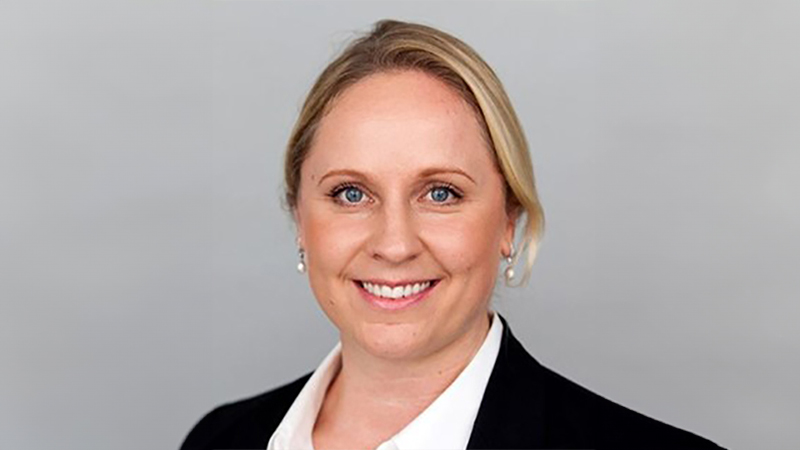Using data from FE fundinfo, Portfolio Adviser shines a spotlight on the funds across different sectors that are smaller than £100m in size but have achieved top-quartile returns over the past three years relative to their average peer. This month, we highlight the tiny IA Targeted Absolute Return funds that have outshone the market despite some investor mistrust for the sector.
Many funds in the IA Targeted Absolute Return sector put capital preservation centre stage, sharing the ultimate goal of delivering positive returns in all market conditions. This presents an appealing prospect for many investors, yet the sector has been brought into disrepute by poor performance from its flagship fund – abrdn’s Global Absolute Returns Strategy (Gars).
The strategy held a colossal £53bn in assets under management (AUM) at its peak in 2016, but dwindling returns in the ensuing years led it to close down in 2023 at just £1.4bn. The sector as a whole has suffered consecutive monthly outflows since April last year, losing £2.5bn in total over the period.
But Mike Pinggera, head of multi-strategy at Sanlam Investments, says that “while the sector suffered reputational damage in the wake of Gars, it would be a mistake to write off its potential entirely”. Some tiny funds have continued to deliver strong returns despite investors withdrawing cash from the sector en masse, yet remain relatively overlooked compared with their larger peers.
VT Woodhill UK Equity Strategic
Fund size: £29m
VT Woodhill UK Equity Strategic’s AUM of just £27m seems minute when measured against the £545m of an average IA Targeted Absolute Return portfolio. But despite its small size, a total return of 27.4% over the past three years was far greater than the peer group’s 10.1% gain during the period – although it should be noted that the sector is highly diverse and so sector comparisons are not foolproof.
Manager Paul Wood invests in UK companies he deems able to “protect investors’ capital when the market falls, and add value as it rises”.
Top holdings include British stockmarket staples such as Shell, AstraZeneca and HSBC, which together account for one-fifth (20.4%) of the 58-stock portfolio. These shares also pay reasonably high dividends, contributing to the fund’s overall annual dividend yield of 3.9%.
Its capital-preserving strategy has certainly proved effective, delivering positive returns on investors’ savings in 26 of the 36 months throughout the period. In poor market conditions, it also protected capital against the worst downturns with a max drawdown of just 2.6%..
These characteristics could give portfolios some much-needed protection in coming years if markets remain volatile, according to Pinggera. “As we move into an era of heightened market volatility, interest rate uncertainty and changing economic conditions, absolute return strategies offer a compelling way to navigate these challenges,” he says.
“While the past performance of some funds may have disappointed, today’s investors should evaluate absolute return strategies within the context of modern markets where volatility and risk management are more important than ever.”
Polar Capital Global Absolute Return
Fund size: £77m
Another fund that has delivered strong returns during the past three years while also protecting against downturns is Polar Capital Global Absolute Return. It is up 20.3% over the time frame after doubling the 10.1% return made by the average IA Targeted Absolute Return fund.
Managers David Keetley and Stephen McCormick have run the fund since it launched at the end of 2018, building a portfolio of 50-100 positions across asset classes and regions worldwide. Most of its long equity exposure comes from the US, making up 34.7% of this sleeve of the portfolio.
Pinggera notes that while the downfall of funds such as Gars “undoubtedly shook confidence” in absolute return strategies that ultimately “tarnished the reputation of the sector” as a whole, portfolios such as this one are well worth revising.
“The lessons learned from past missteps, combined with improved transparency, risk management and a dynamic economic environment, suggest the sector is well-positioned to offer value to investors seeking diversification and uncorrelated returns,” he says.
“For those seeking an all-weather investment strategy, it might be time to take another look at the IA Targeted Absolute Return sector.”
M&G Global Target Return
Fund size: £58m
One tiny outperformer that may have gone unnoticed is the M&G Global Target Return fund. It climbed 18% over the past three years, outshining the peer group average by 7.9 percentage points, despite being just £58m in size.
Manager Tristan Hanson and deputies Craig Simpson and Aaron Powell invest in different asset classes around the world, with UK government bonds making up the top 17.3% of the fund.
This article originally appeared in the December issue of Portfolio Adviser magazine










